We are using SAP S4HANA SDK Springboot archetype to build the application in SCP Cloud Foundry.
The requirement is to fetch the OData services from the SAP S4HANA and expose them to the Fiori UI frontend in the form of OData.
From the Java web services, we are getting the responses in JSON format:

Output what I need is in the below oData format.
This is one of the services and the same should be made available to all the java rest services. Found out Apache Olingo for converting it into odata format. But wanted to know if there is any method class in SAP SDK which supports this.
